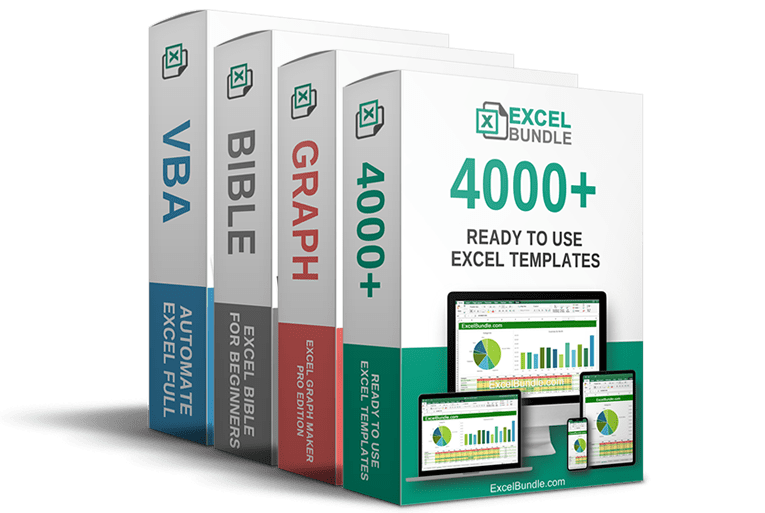50% OFF – Offer valid only today: , ,

Facing an enormous dataset that needs to be split into separate Excel sheets? The idea might seem daunting at first, but this guide aims to ensure you can conveniently and swiftly navigate through this task. We'll go through how you can split a large dataset into separate sheets quickly, using Excel's built-in features. This guide won't only save you time, it'll also boost your productivity significantly.
A lot of data processing or analysis jobs require dividing large datasets into separate spreadsheets. This process allows you to handle each subset individually and focus on specific sections of your data. However, doing this manually can be a tedious, time-wasting effort. Yet, it’s a task you can do with excellent speed and precision; thanks to some Excel features.
Follow the steps below to split a large dataset into separate sheets quickly in Excel:
1. Open the Excel document with the dataset you want to split.
2. Click on the 'Data' tab on the Toolbar at the top.
3. In the 'Sort & Filter' group, click on 'Sort Oldest to Newest' or 'Sort A to Z'. This step is to sort your data according to the column you want to split it by.
4. Highlight the entire dataset.
5. Once again, click on the 'Data' tab, and then select 'Subtotal'.
6. A dialogue box will appear.
7. In the 'At each change in' dropdown, select the column you want to split your data by.
8. In the 'Use function' dropdown, select 'Count'.
9. Check the column you would like to count in 'Add subtotal to'.
10. Click 'OK'. Excel will now create a new row at every change in your chosen column and provide a subtotal row at the bottom.
Before diving right into the process, here are a few handy tips:
- Always backup your original data before attempting to split it. This extra step can save you from a potential disaster.
- Use ready-made templates from ExcelBundle to save you time.
- If you decide to create a macro, remember to use 'Save As' and choose the Excel Macro-Enabled Workbook (.xlsm) file format.
If your work regularly involves splitting large datasets, you might want to consider creating a simple macro to automate this process. Having a macro can do all the legwork with just one button press. Learning to create and use macros can skyrocket productivity and save you an enormous amount of time, especially when working with large datasets.
Splitting a large dataset into separate sheets doesn't have to be a difficult process. Excel is designed with tools that make this process quick and straightforward. Whether you choose to use the Subtotal function or build a macro for more regular tasks, Excel has got you covered. For efficiency sake, consider using ready-made ExcelBundle templates. They're designed to increase your productivity while saving time. Learn, apply, and enjoy the wonders of Excel!
Excel is without a doubt one of the best tools on the market for working with analytical, graphical, numerical, and mathematical data. However, using it isn’t always easy—especially if you don’t have much experience and need to create reports and spreadsheets from scratch.
That’s exactly why we’ve put together this incredible, all-in-one package of ready-to-use, fully editable Excel spreadsheet templates. With it, you’ll always have a reliable starting point for your projects.
You’ll get over 4,000 ready-made and fully editable Excel templates covering a wide range of topics and industries—so you’ll always have the exact template you need, ready to use whenever you need it.






*Offer valid for a limited time.
You might have missed this opportunity!

